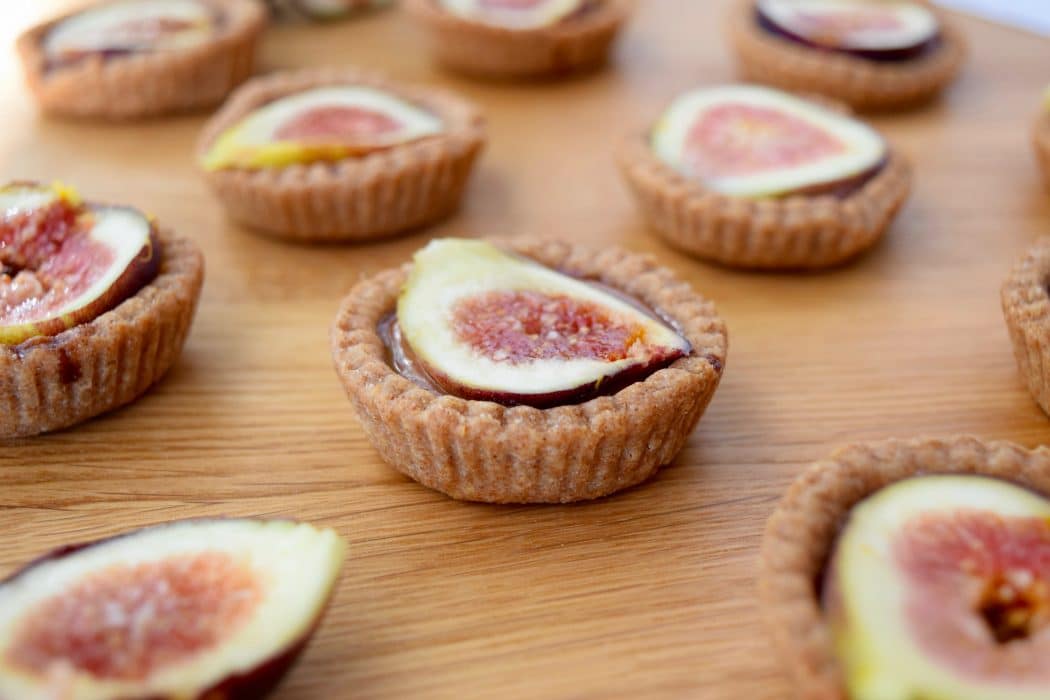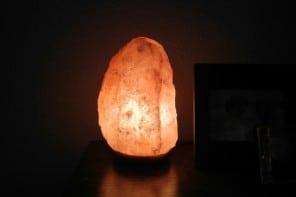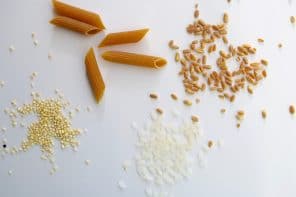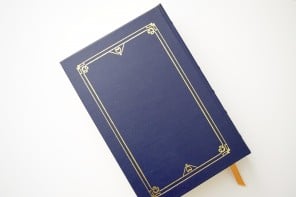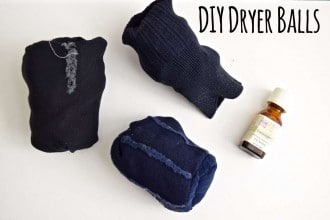This is the sixth installment of “The Ultimate Cooking Guide” series! You can read the previous ones here: Terms, Tools, Grains and Starches, Legumes, Fruits and Vegetables
Although I am a vegan baker, I am going to include dairy and eggs in this guide because I am experienced with both kinds of baking and realize that not everyone wants to bake vegan food. So, I’ll leave it up to you. For example, when I refer to butter, I am talking about vegan butter, dairy butter, coconut oil, or any type of fat that is solid at room temperature.
When it comes to desserts, it really is a science. Most of it requires precision and sticking to the directions. So read a recipe in it’s entirety before starting and make sure you have everything ready to go!
Cake, Cookies, and Brownies
All three of these generally have similar preparation methods. Brownie and cake batter are typically a thin, pourable batter while cookie dough is generally thick and moldable.
- Always scoop flour into the measuring cups. Using measuring cups to scoop flour will compact the flour and give you too much.
- Mix the dry and wet ingredients separately before mixing together. Sugar is always included in the wet ingredients.
- Soft butter makes for smooth, even batter and a soft cake. If any of the other ingredients, like eggs or “chia” eggs, are cold, the fat can harden up. This makes for uneven fat distribution in the batter.
- Using greased parchment paper as a liner for pans can help prevent batter from sticking and make removing the finished product easier.
- Instead of relying on a timer, always check for doneness with a toothpick. Just stick it into cake and remove. If there’s any batter, it’s not done. If the toothpick’s clean, it’s done.
- Most recipes will ask that you cool a cake or cookies on a cooling rack to prevent it from getting soggy. Some recipes, like brownies or chiffon cake can be cooled in the pan.
Candies
Candy making really isn’t as hard as it sounds. It basically involves melting down chocolate or sugar and then going from there. It does require time and a bit of patience as it’s a process that can’t be rushed.
- When melting chocolate, be very careful not to scorch. Either use very low heat if melting directly on stove or use a double boiler. It can also be melted in the microwave using 10 second increments.
- Chocolate shells, like for truffles, work really well when a fat like oil is mixed with the chocolate. But when in a pinch, melted chocolate chips work just fine.
- Tempered chocolate makes your finished product look shiny and professional. To temper, chop at least 1 pound of good quality chocolate. Melt it, bringing dark chocolate to 115 degrees F and milk chocolate to 110 degrees F. *Don’t go above those temperatures. Cool to 90 degrees F, still stirring. The chocolate’s ready to use, just remove any clumps of unmelted chocolate.
- Keep moisture away from melted chocolate. If it gets wet and clumps up, add some oil.
- When melting sugar to make sugar candies, use a thermometer. Higher temperatures make harder candies.
- If you don’t have a thermometer, use cold water. Drop some melted sugar in, the softer the ball, the lower the temperature.
- Temperature for candy is as follows (in Fahrenheit) : 223-235=candied fruits, 235-245=fondant and fudge, 245-250=caramel, 250-266=marshmallows, 270-290=taffy, 300-310=lollipops and hard candy, 320-350=caramel syrup.
Custards, Mousses, and Puddings (Oh my!)
Custards are basically an egg thickened mixture of cream. They are used in Creme Brulee, as pastry fillings, or in pies and puddings. Puddings basically refer to eggless custards. Puddings are a sweet (or savory) starch or dairy based liquid that has been set, sometimes using ingredients like bread or rice. Mousses are light and fluffy desserts. Basically, they are all pretty darn similar.
- Usually, egg yolks are used as a thickening agent in custards. Vegan custards (although technically they are puddings) often use cornstarch or arrowroot powder as thickeners, but there are a ton of variations.
- Especially if you are using eggs, custards should be heated slowly and gently to avoid cooking the eggs too much. Gentle and low heat cooking keep the mixture creamy and soft.
- Puddings can be steamed or baked, depending on the ingredients and desired final texture.
- Mousse should be as light and airy as possible. Whipping egg whites is a method to get light mousse. In vegan versions, ingredients like coconut milk/cream are whipped until light and fluffy. It makes a great cake filling.
Frozen Treats
Here, I am referring to ice cream, popsicles, sorbet, and granita.
- Ice cream is either made with or without egg yolks. Egg yolks help to create a creamy, emulsified product. But either way works with the right attention.
- Vegan ice creams use dairy free milk or thick dairy free creams like coconut. Ingredients like guar gum can help make a vegan ice cream thick and creamy without the animal products.
- When making ice cream, the secret is to get all the ingredients as mixed as possible. The secret is heating ingredients first to get them to bind together. Otherwise, corn starch can prevent ice issues that an under-mixed ice cream can have. Guar gum has a similar effect.
- Don’t have an ice cream maker? Put it in a plastic bag and then put that bag in another bag with ice and rock salt. Shake and shake until you make ice cream. Or make the kids do it.
- Gelato is still ice cream, but it requires less sugar, less cream, and more intense flavorings.
- Popsicles are limited to your imagination. If the water ratio is high enough, it will freeze. They are typically fruit juices (or sugar water) frozen, sometimes with candy or fruit.
- Granita is basically a popsicle that is grated using something like a fork. The frozen liquid is served with the ice crystals more intact for a highly flavored and slightly crunchy product.
- Sorbet is similar to popsicles and granita. It’s frozen, flavored water but is served softer, similar to ice cream. Liquor produces softer sorbet, but the secret is using an ice cream maker.
Pastries
Pastries require some attention and practice as they can be somewhat finicky. But nothing beats a homemade pastry.
- In a nutshell, a pastry is flour, water, and fat. What you add to it and how you treat it will determine the final product.
- What makes pastries rise is steam, instead of yeast in a bread.
- If you want a flaky crust, keep the fat cold! Use the tips of your fingers, chill your equipment, whatever you can do to keep the butter from melting.
- A short crust pastry is the easiest and most common. This is what you use to make pies and tarts. It involves “cutting” the butter into the flour to create little breadcrumbs and then mixing in water.
- When making pies and tarts: Blind baking a crust cooks the crust before filling is added. Always put some sort of weight (like rice or ceramic weights) to prevent the middle from rising. A ceramic pie bird can help steam escape from a pie filling to prevent big bubbles forming under a crust.
- Flaky and puff pastry involves rolling a short crust pastry and then folding it, and then rolling it again, repeating several times. This creates flakes and layers in pastries like croissants.
- Choux pastry is a light, filled pastry. The difference is that the fat is melted to make more of a batter to be piped into a desired shape before baking. The order of ingredients usually goes, milk, fat, flour, then eggs.
- Phyllo is a ton of paper thin layers of pastry dough. Buying it is always your best bet.

